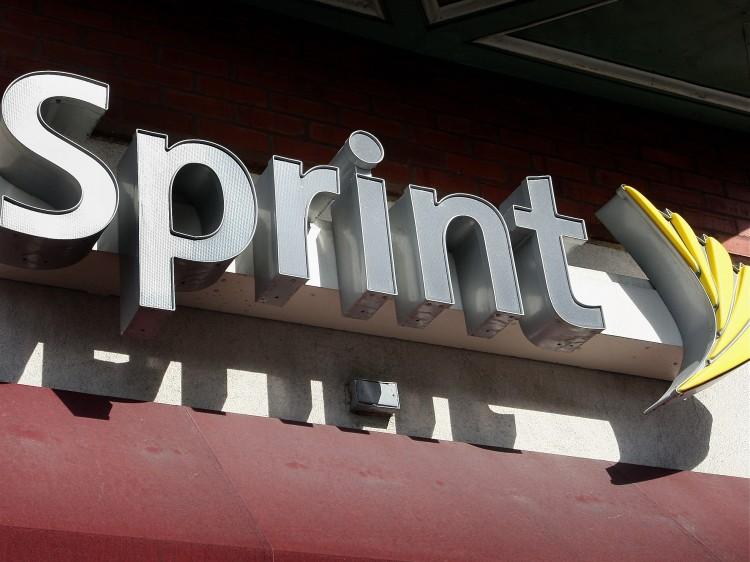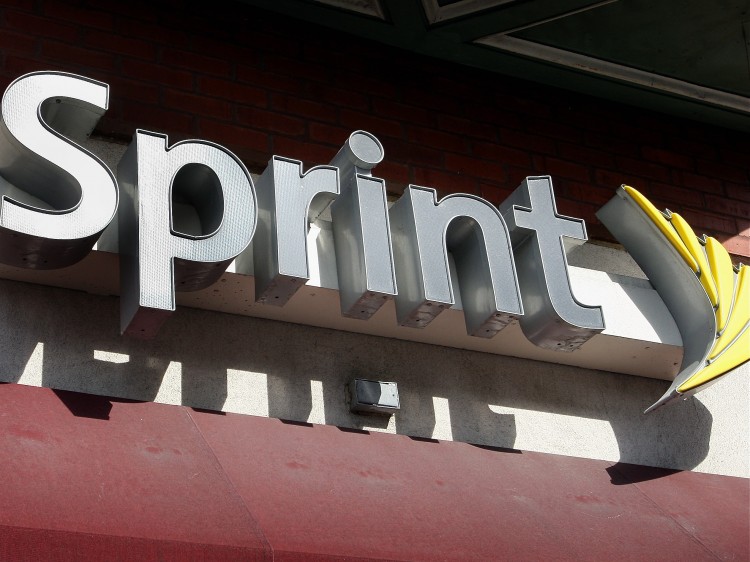NEW YORK—Sprint Nextel Corp. has marketed itself as the best carrier for the popular Apple iPhone, touting its unlimited data plans.
But as it signs up more customers for the Apple iPhone, that effort may be detrimental to Sprint’s bottom line.
On Wednesday, the Overland Park, Kan.-based company reported a wider fiscal fourth-quarter loss due to costs Sprint pays to subsidize the iPhone smartphones.
Sprint, the nation’s third biggest wireless carrier, reported a net loss of $1.3 billion, which is bigger than the $929 million loss it recorded in the same quarter last year. The loss per share of 43 cents is worse than analyst expectations of around 38 cents loss per share.
Sprint, in order to attract more customers and expand market share, had invested heavily in the iPhone, spending more than $7 billion in network upgrades to handle the data traffic.
The loss was mostly driven by phone subsidies, which amounted to $1.7 billion. Sprint’s CEO Dan Hesse said that during the quarter there was “unprecedented discounting on devices,” in a conference call with analysts on Wednesday. Wireless carriers typically eat a large portion of the cost of a new phone in order to sign on new customers to long-term contracts. For example, a low-grade iPhone costs consumers $199 with a new contract, whereas the phone itself is worth more than $500.
The company said that 2012 earnings may be depressed, but the second half of the year may see improvements as Sprint recoups some of the costs in revenues from high-margin data service plans.
During the period, which was last year’s final three months of sales for Sprint, the company sold 1.8 million units of the iPhone. It also gained 161,000 new contract customers, which was slightly below analysts’ estimates. That helped its topline revenues, which rose to $8.72 billion for the quarter.
Despite these factors, however, the company’s churn rate increased. Churn is the rate at which subscribers leave. Last quarter’s churn rate of 1.98 percent is higher than the 1.86 percent rate of the same period a year ago, but the company said the majority of that increase is due to its tightening of credit standards on customers.






